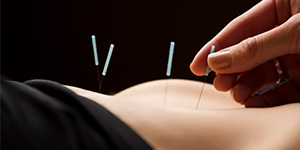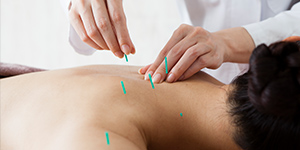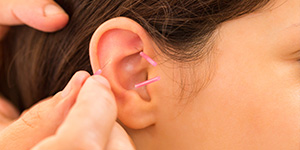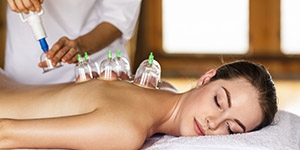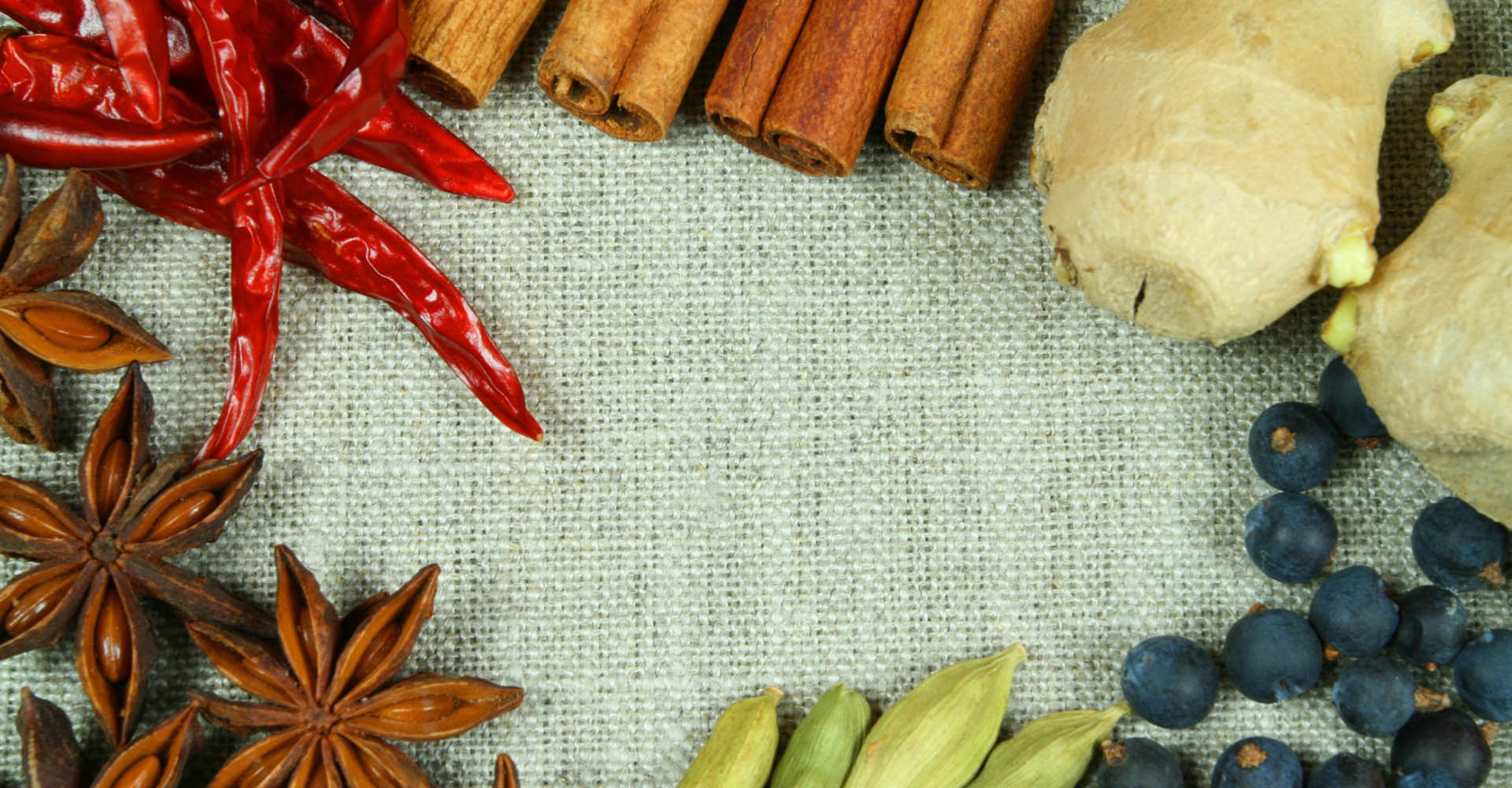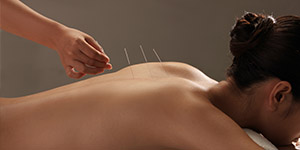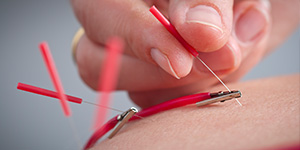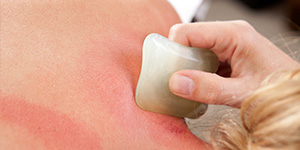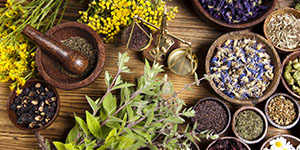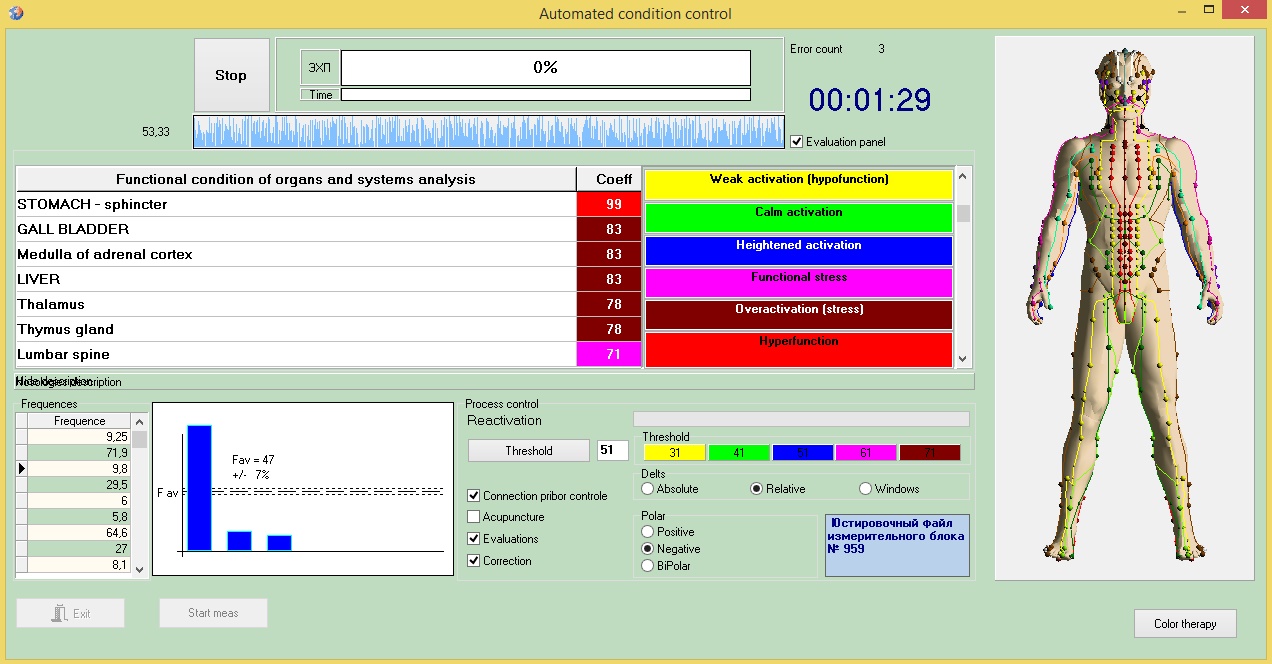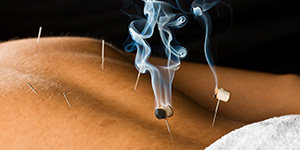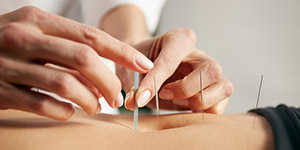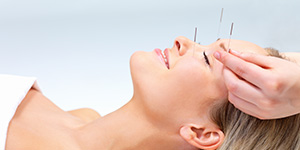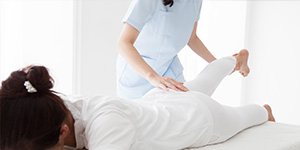what is Moxibustion (herbal heat application).
Moxibustion, alsocommonly called moxa, is a traditional East Asian medicine healing technique that applies heat (directly or indirectly) to acupuncture points or various areas of the body by burning moxa – wool (usually shaped in the form of a cone or stick),
Moxa – wool is obtained from Artemisia argyi, commonly known asChinese mugwort,a species of perennial herb that belong to chrysanthemumfamily and is native to China, Japan, Korea, Mongolia and Russian Far East.
Chinese mugwort has valuable medicinal properties and is used dried, in a powder form, as a decoction, oil extract or moxa–wool
Its leaves are fragrant and inflammable, and, when burned, its stable even heat penetrates the meridians, relieving them from pathogens, and restoring the circulation of Qiand Blood
Chinese mugwort leaves are gathered during spring (March, May), before it is in flower,dried in the sun, and refined to the fine wool like substance.
The quality of a moxa-wool strongly depend on the region it was produced in and its drying time.
Leaves can be used after minimum of one year of drying time.
Moxa wool is considered of a good quality after minimum of three years of drying, supreme quality moxa wool is light yellow in color ( golden moxa) and is dried for more than 7 years.
Moxibustion has a longer history than acupunctureand it has been developed over thousands of years,
In Chinese, Korean, and Japanese traditional medicine it is used for treatment and prevention of various diseases, especially for liver spleen and kidney disorders, as antiseptic, expectorant, to relieve pain and fever, to suppresses inflammation, to increase blood supply,helpto healwounds, and strengthens theInternal Organs.
In China it is often said that acupuncture and moxibustion are the two legs of Chinese medicine, one cannot go very far without the other, and that when a disease fails to respond to herbal medicine and acupuncture, moxibustion is suggested.
Chinese word for acupuncture contains both character for acupuncture and moxibustion.
Moxibustion originally comes from northern China, in response to adverse effects of cold climate, more frequently, naturally, to relieve muscle and joint pain.
In antiquity wounded Chinese soldierssipped water (yin) and usedmoxa(yang) to stop bleeding so to survive.
Effects of Moxibustion and its indications.
Moxibustioncan be used alone, or as an excellent adjuvant,alongside any other alternativeand conventional medicinetherapy methodsincluding medication.
The key therapeutic purpose of moxibustion is to warm the Meridians (Jing Luo) and the Internal Organs (Zang Fu), in order to:
Expel Cold (external cold (e.g. cold weather) or internal cold (e.g. due to Yang deficiency)):
* Сold slows downthe flow of Qi and congeals Blood, and eventually leads to their stasis, thus resultingin acutesevere pain,
* Symptoms of cold also include:early stages of common cold, flu like symptoms, muscle, joint inflammation, menstrual pain, white tongue coating,diarrhea(due to Yang deficiency), etc.
Eliminate chronic and acute stasis of Qi and Blood:
Moxibustion, decreases the viscosity of blood, restores thesmooth flow of Qi and Blood locally in the affected area, as well as along the pathway of the meridians, especially their upward (to the head) and downward flow and in pelvic region.
* Stasis of Qi and Blood, can be caused by emotional stress, sadness and grief,prolonged Heat or Cold conditions,as well as protracted Qi, Yang and/or Blood deficiencies.
* Stasis of Qi and Blood,can manifest asswelling and accumulations, stabbing, well localised pain(in Blood stasis), lumps and cysts, inflammation,arteriosclerosis, sciatica, masses in abdomen, fibroid in uterus, purple petechiae (dots on the skin), feeling of distension in breasts and abdomen, PMS, painful and/or irregular periods,feeling of a lump in throat, cold hands, etc.
* Emotional symptoms include:irritability, anger, fluctuation of mental state.
* Qi stasis can also cause Qi to flow in wrong direction, as in rebellious Liver-Qi (Qi surging upwards), for example.
* “Rebellious Qi” syndrome would give rise to such symptoms as hiccups,belching, agitated feeling in stomach, irritability, dizziness.
Eliminate Dampness:
Excess consumption of hot, greasy foods and alcohol, eating too much of cold meals/drinks and raw foods, inadequate clothing in cold and damp weather, sitting on damp surfaces, wading in water, living in a damp environment, etc.
All the above factors put a strain on the body, obstruct normal flow of Qi and cause,typically, sensation of fullness and heaviness, prevent Stomach-Qi from descending, obstructs muscles , prevents clear Yangfrom ascending to head and eventually the formation of Phlegm.
Among the symptoms that a patient might experience while being affected by Dampness are:
* Pain that is aggravated by damp weather,feeling of heaviness, swellingin joints, numbness of limbs, dull headache, feeling of heaviness in the head, abdominal fullness, chronic cough with profuse sticky sputum, nausea, vomiting, inability to digest fats, diarrhea with mucus, turbid urine, sticky vaginal discharge and sticky tongue coating.
Strengthen Qi and Yang:
Yang has warming as its primary function
In TCM, mechanism of Qi flow involves:
* transportation of all substances in all four directions:
* upwards, downwards, inwards, outwards as well as ascending/descending + entering/exiting of Qi
* “raising” and “holding in place” function, thus
* in deficiency of Qi and/or Yang patients may experience such symptoms as:
** daytime sweating, spontaneous sweating,feeling of cold, cold hands and feet, loose stools, chronic backache, diarrhea, edema, , pale-sallow complexion, hypothyroidism, poor appetite, tendency to obesity, blood spots under skin, blood in urine /stools, various types of bleeding , enuresis, infertility, chronic vaginal discharge, shortness of breath on exertion, menopausal symptoms, etc.
** including mental and emotional symptoms: tiredness, depression, lassitude.
Raise Qi:
* symptoms of deficient Qi that cannot hold organs in place, includesuch symptoms as faintingand prolapse of organs: e.g. stomach, uterus, anus, bladder, intestines.
Nourish Yin and Blood:
In TCM, Yincorresponds to water, condensation and materialization.
Blood, in TCM is an integral part of Yin ( as opposed to Yang, which is an integral part of Qi).
Main function of Yin and Blood is to providenourishment and moisture, in the first place,as well as pliability and softness to the Internal Organs and the Exterior (muscles, joints and skin).
Thus, the deficiency of Blood and Yin would give manifestation to the following symptoms:
* muscle cramps, joint ache and rigidity,feeling of heat, night sweating, poor memory, palpitations, insomnia, blurred vision, floaters in eyes, dizziness, numbness and tingling in limbs, dry hair and skin, amenorrhea, scanty periods, pale lips, week knees, falling hair, weak sexual activity, dry eyes, mouth, throat, etc.
StrengthenYuan Qi (Original Qi) and Wei Qi (Defensive Qi))
Yuan Qi is foundation of all Yin and Yang energies of the body, provides warming and activating functions, as well is plays a crucial role in metabolism (cellular respiration).
* alsorepresents transformation power of Qi in all internal organs → result of Qi transformation is the production of all kinds of Qi: Nutritive Qi(Ying Qi) Defensive Qi (Wei Qi), Blood and Body Fluids.
** moxibustionacts as a warm tonic on Yoan Qi thus, strengthening all other Vital substances in the Body, by way of example it increases (benign) white blood cell count, thus strengthening body’s resistance to pathogenic factors.
Methods of Moxibustion
Depending on the intensity of the disorder and a desired therapeutic effect, the level of heat that is generated by burning moxa-wool,can be controlled by various application techniques, namely via:
Direct moxibustion:
Implies placing a moxa wool (usually a rice-size big (Japanese Okyo method)) directly on the skinigniting it and letting it to burn down.
* The process is repeated (5 to 10 times) and result in a slight localburn, where consequently a tiny blister and a miniature scar may form.
* Scarring moxubustion is widely practicedin Japan China, and some TCM practitioners in the West, especially for treatment of diabetes, TBS, scrofula, asthma, lung disorders, removal of warts, insect bites,etc.
* The purpose of this method is to evoke the response of the immune system which reacts to the protein.components on the skin that enter the blood stream.
A cone of a moxa-woolcan also be burned half way or untilapatient feels a slight ‘heat bite”, a method called non-scarring moxibustion.
* The process is repeated until patient experiences propagation of a warming sensation along the pathway of a treated meridian.
* Any pathological condition due to adverse effects of Cold (see sectioneffect of Moxibustion) can be treated this way.
Direct moxibustion is also effective to strengthenQi and Blood.
Indirect moxibustion:
Implies various materials and techniques, and usually involves application of:
Moxa wool on acupuncture needle.
* Attaching loose moxa on top of an acupuncture needle allows deeper penetration of heat into the desired point.
* This method is particularly effective for skeletomuscular disorders.
Moxa stick alongside acupuncture needle.
* Provides mild-warm and allows the treatment of meridians and the Internal Organs with strengthening and dispersing techniques, depending on the character of the disorder
moxa cone on ginger:
* Thin slices of fresh ginger or ginger paste are applied on the skin then moxa cone is placed on top of ginger.
* This method facilitates the passage of heat and is particularlyeffectivefor digestive disorders, and for strengthening of the intestinal system.
moxa cone on garlic:
* Here garlic is used instead of ginger in order to eliminate Cold form which usually maniest as severe pain in muscle and jpints or flu like syptoms.
moxa cone on salt:
* Can be used for acute cases of diarrhea, as in the case of salmonella, and even to treat apoplexy (bleeding in the internal organs).
moxa box
* Is a special container (usually made of wood) carrying the ignited moxa wool on a metal grid attached inside
* The box is placed on the target area and kept for several minute until the area displays redness and is warm.
* This method allows the treatment of bigger areas such as lower abdomen or chest, for example, and is particularly indicated for children or those who are afraid of direct moxibustion and needling.
Contraindications for Moxibustion
Moxibustion cannot be used in case of the following conditions:
“Heat syndrome” such as:
* fever, infectious diseases as in bacterial or viral causes of late stages of flu, pneumonia,meningitis,diarrhea, eye/ear/dental inflammations, etc.,
* skin erythema (red rash),skin infections (e.g. red moist eczema),
* however, for pale dry rash /eczema/dermatitis, moxa can be indicated,
* gout, rheumatoid arthritis (active),psoriatic arthritis ,
* dehydration (severe thirst, constipation),
Untreated high blood pressure,
* (however, patients who take blood pressure medication and suffer sciatic pain, for example, can be treated with moxibustion locally),
During heavy menstruation,
* (exception: moxibustion on two specific acupuncture points SP-1, SP-8 can be treated with moxa in order to stop bleeding),
Certain types of headaches (e.g. due Heat and Liver Yang rising),
Volvulus (bowel twist),
Newly operated (→ bleeding risk ← heat from moxa improves blood circulation),
Stomach and backof pregnant women,
Newborns,
80 + years old patients (← yin (water) deficiency),
Face and neck are not recommended, especially for direct moxibustion,
Very hungry, dehydrated, overheated, alcohol affected patients.

